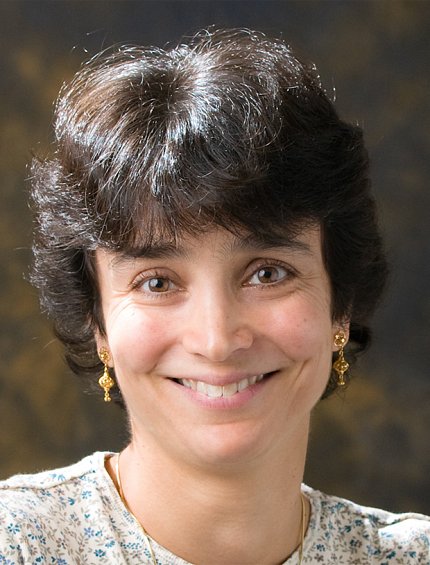WALS To Host Dyer, Pittman Lectures

The NIH Director’s Wednesday Afternoon Lecture Series will host the annual Rolla E. Dyer Lecture on Apr. 25 and the annual Margaret Pittman Lecture on May 2.
The Dyer lecture will be presented by Dr. Katherine A. Fitzgerald, professor of medicine at the University of Massachusetts Medical School. Her talk is titled “Sensing from Within: How the Immune System Discriminates Friend from Foe.”
Her laboratory is studying the molecular mechanisms that control the inflammatory response. She is interested in determining how the immune system discriminates among pathogens, resident microflora and host molecules to both protect the host from infection and avoid damaging inflammatory diseases. Her lab employs multifaceted approaches including immunology, biochemistry, molecular biology and genetics to understand these mechanisms.
The lab’s long-term goals are to understand how dysregulation of innate immunity underlies the pathogenesis of infectious, inflammatory and autoimmune disease in humans.
The lecture was established in 1950 in honor of former NIH director Dr. Rolla E. Dyer, a noted authority on infectious diseases, and features internationally renowned researchers who have contributed substantially to medical as well as biological knowledge of infectious diseases.
Raman Gives Pittman Lecture

The Pittman lecture will be presented by Dr. Indira M. Raman, Bill and Gayle Cook professor at Northwestern University. Her talk is titled “Cerebellar Synaptic Signaling as a Metaphor for Mentorship: How Silence and Speech Get Different Deeds Done.”
Raman will discuss synaptic and cellular specializations in the mouse cerebellar nuclei that permit distinct modes of firing in response to different patterns of synaptic inputs as measured in vitro as well as their relationship to movements measured in awake behaving animals.
The data provide evidence that not only the rate, but also the temporal structure of neuronal cell-firing can influence the efficacy of synaptic excitation of large neurons, the pattern of cerebellar output and the consequences for motor behavior.
The Pittman lecture is given by a researcher dedicated to advancing and improving the careers of women scientists. Since 1994 when this annual lecture began, every speaker has exemplified the intelligence, scientific excellence and drive that made Margaret Pittman a leader as the first female laboratory chief at NIH.
For lecture information and reasonable accommodation, contact Jacqueline Roberts, (301) 594-6747 or robertsjm@mail.nih.gov.
